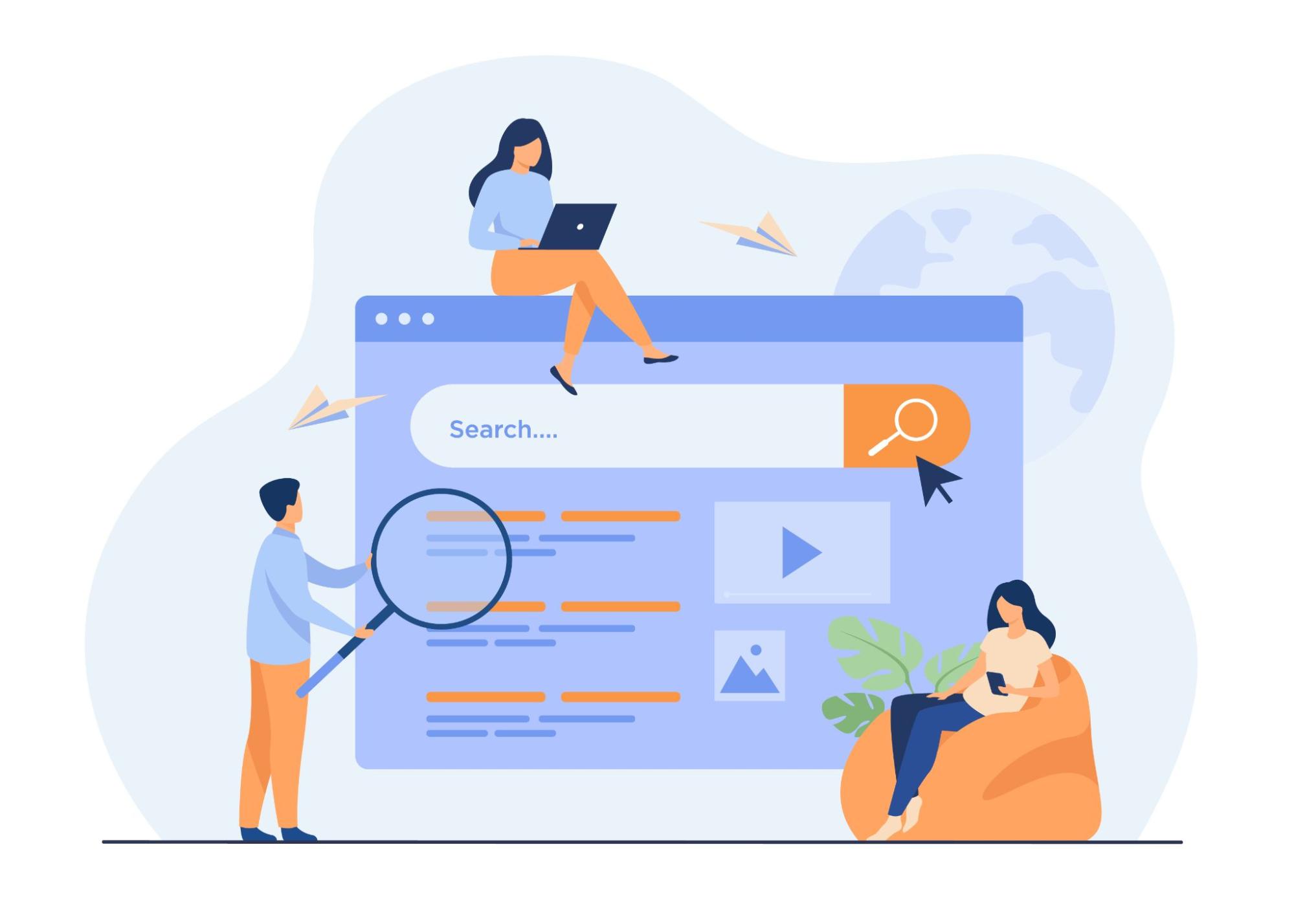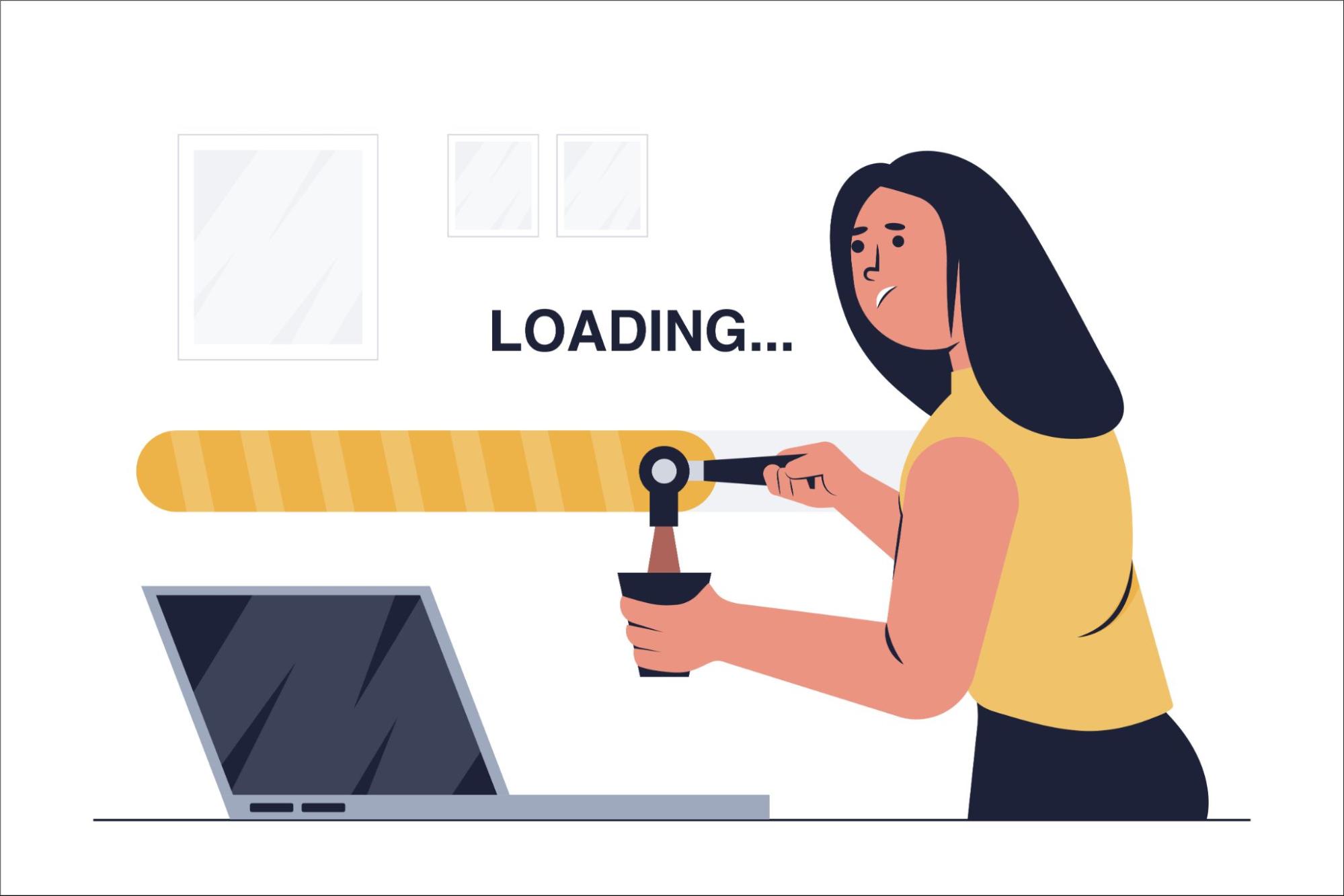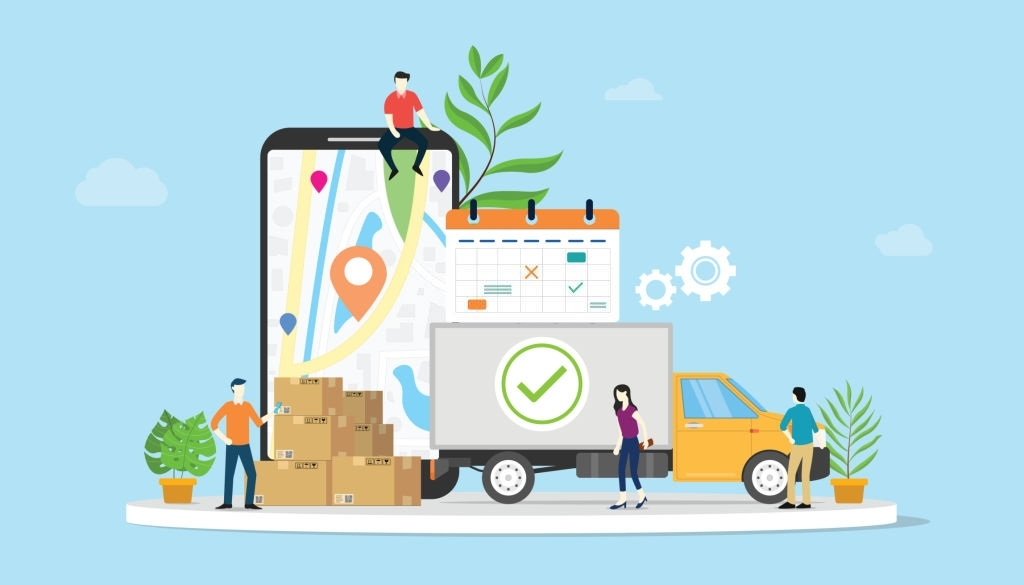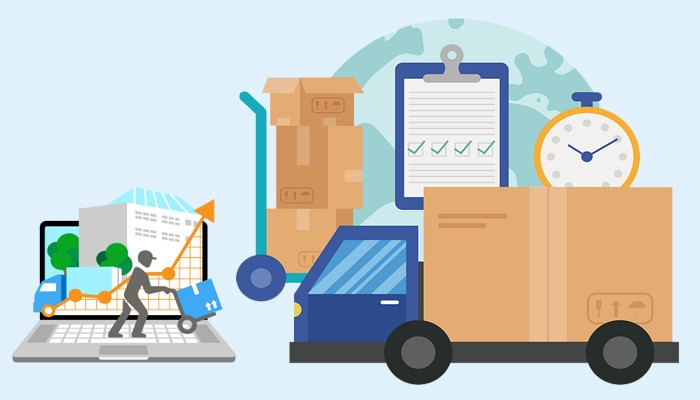The Relationship Between SEO and CRO
- Details
- Published: Tuesday, 17 January 2023 12:06
The lifespan of a website depends heavily on SEO. More experts are focusing on this issue since, without it, website traffic would be significantly decreased.
The organic traffic to your website can be significantly increased by SEO efforts. That is why employing this technique is wholly worthwhile.
What does SEO involve, what are the practical requirements, and how can it increase your conversion rate? We will address your inquiries in the sections below.
About SEO
Simply said, it involves improving your website's accessibility for search engine users.
With the use of SEO, your website may get a higher SERP ranking automatically. The more visible your pages are in search results, the more probable it is that you'll draw both new and returning clients to your online store.
This is difficult development, therefore it's crucial that it achieves its long-term objectives. I'm not going to be useful in the near future.
As you can see, if you want to increase your conversion rate, you must do this crucial step.
However, how does the process operate?
Simply said, it involves improving your website's accessibility for search engine users.
There are three different categories of SEO activities:
- Technical
- On-site
- Off-site
Search engine optimization for your own website entails taking into account the page's content, the website's structure, the availability of keywords, and even the load time.
On-site SEO is significantly influenced by these factors.
Links from outside sources are crucial for off-site SEO. An effective practice for this is creating linkages.
Make sure the partner website's theme is the same as yours, regardless of whatever website your link is on. Additionally, it doesn't matter where your URL is placed.
Being featured on a real estate website is unfortunate if your main keyword is "conversion rate" or "conversion funnel."
But why are these links so important? Websites are connected through a kind of Internet network known as URLs. For instance, Google will judge you if it finds a worthwhile and helpful page. Why else would he bring you up if it weren't the case?
As you can see, learning SEO is a difficult skill. It's also challenging to write a comprehensive blog article on it.
But let's go to work first. How may it help you improve your conversion rate?

Increase your conversion rate with SEO
These two concepts can be used interchangeably. In other words, if you carried out your SEO properly, your conversion rate will increase, and if you carried out your SEO badly, it will either remain the same or decrease.
In reality, though, this isn't necessarily the case because it might also rely on:
- Competitor behavior
- The difficulty of the keyword you chose
- How fierce is the competition for that particular keyword?
- User experience optimization for your website
- Your website's organization
We could go on forever, but you get the point. SEO won't help you increase your conversion rate over the long term. But it may be a really solid starting point.
We'll now disclose the secret you need to conjure:
- Quickly loading
- Utilizing long-tail keywords and excellent content
- Good CTAs
- Improved webpage
Let's take them one at a time.
Content
Knowing your visitors' characteristics will help you identify your target market. You may utilize preliminary analysis, like heatmaps, to figure out what data they are actually interested in.
You should post more of this kind of material if your target market is middle-aged dog owners who are particularly interested in dog food.
Your conversion rate could increase if you provide your target audience with genuinely useful information. People will visit your website more frequently as a consequence.
Furthermore, it's a fantastic tool for locating new keywords that are more SEO-friendly than the ones you've been using. Finding simple keywords with lots of traffic and little competition is not difficult.
This enables you to rank at the top of the search results quickly, increasing your conversion rate naturally.
Loading speed
Your site's load time is one of the most important aspects of any SEO campaign. On-page and site abandonment are significantly impacted by loading time.
If a website loads slowly, visitors will leave, which explains why your conversion rate isn't increasing.
The importance of loading speed for the user experience led Google to start giving websites a rating based on it. You must optimize your site to reduce load time if you want to rank at the top of search results.
Use smaller main page images, optimize or decrease all of your graphics, and get rid of any unnecessary pop-ups or subpages. You can increase your conversion rate and speed up the loading process using these.

Design
It's a technique to enhance website user experience, which might increase conversion rates
Great design may enable you to increase some KPIs by improving the user experience.
It could increase how long people stay on your site, the number of return visitors, and the bounce rate. These components all work together to raise the rating of your website.
Make sure your page titles are crafted with the user in mind as well. Do not write them only for SEO. Your conversion rate will significantly increase if you optimize your titles.
These have to contain attention-grabbing, emotionally engaging terms. This will increase your conversion rate and allow you to reach out to more potential consumers.
Keywords
Users frequently enter only a few words while searching for specific information. To provide visitors exactly what they want while also boosting your rankings and conversion rate, long-tail keywords should be used.
The drawback of shorter keywords is that there is a lot more competition. Therefore, you can't ensure that you'll appear at the top of the search results even after years of constant SEO work.
Long-tail keywords are more specific and frequently simpler to target. This will increase both your organic traffic and conversion rate.
CTAs
Your visitors convert as a result of this. This is unquestionably crucial from the perspective of SEO since search engines take into account your website's traffic and user engagement levels.
CTAs should always be placed in a clear and sensible area. Additionally, emphasize the text a lot.
If you neglect these stages, neither your conversion rate nor the amount of website interactions will grow.
We advise you to employ unusual CTA messages. Traditional "interest" and "purchase" messages don't reach the stimulation barrier since they have already ingrained themselves in people's thoughts.
Pick words with unusual meanings to make them stand out to readers.
Website optimization
The process of website optimization takes time and requires ongoing care. You must regularly do analysis if you want to always have the top site.
In order to increase traffic or conversion rates, your website's UX, accessibility, and search ranking are all evaluated and changed through the process of page optimization.
You can see that there are several factors to take into account, which is why we characterized the procedure as "complex." You may be considering how to do all of this effectively.
Don't worry; there are several tools and fixes available to assist. These tools are helpful for analyzing SEO criteria, tracking conversion rates, and evaluating the user experience of your website.
Stick to specialist tools, such as heatmaps, Google Search Console, or Page Speed Checker, which focus on a specific parameter.
If you use these tools, your website will function brilliantly and you won't go undetected.
Conclusion
You can see that using SEO to increase your conversion rate isn't exactly a straightforward endeavor. However, there are many solutions and pieces of software to make the process work, so you shouldn't worry.
Use the methods above as necessary.




